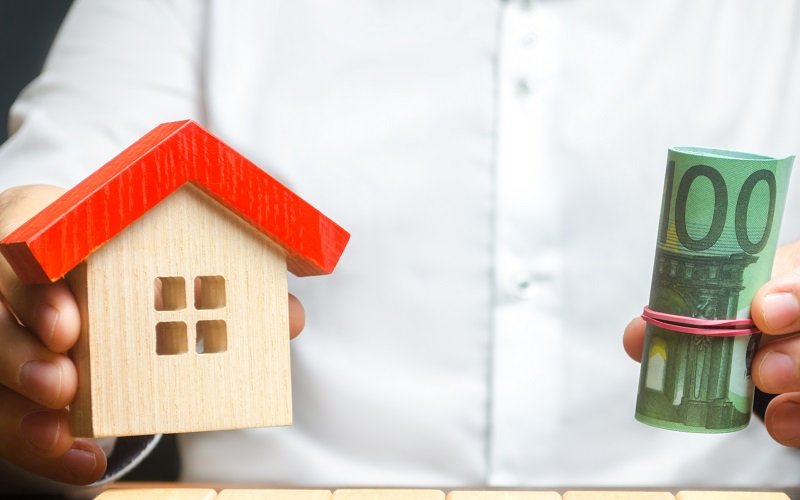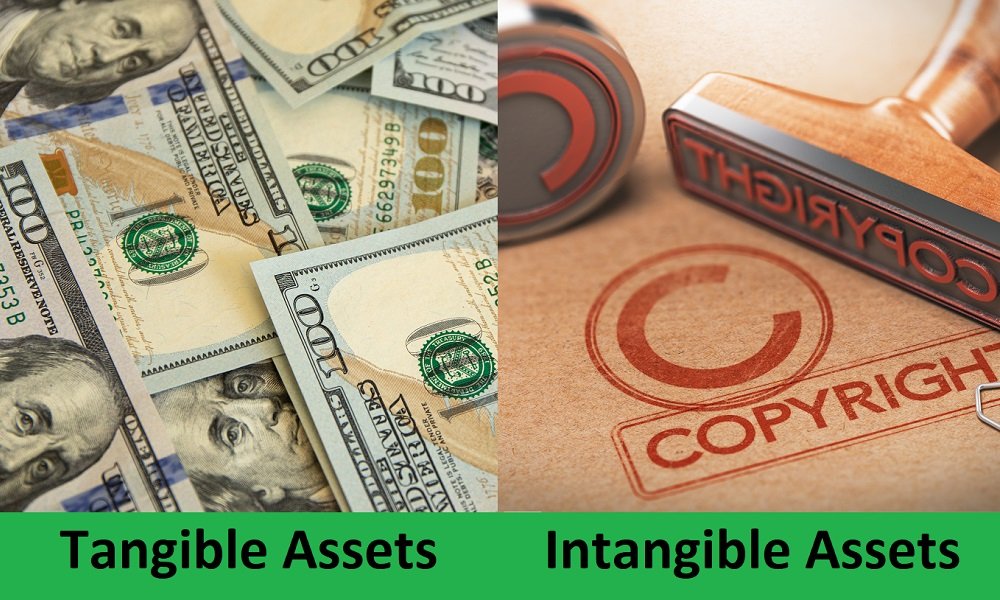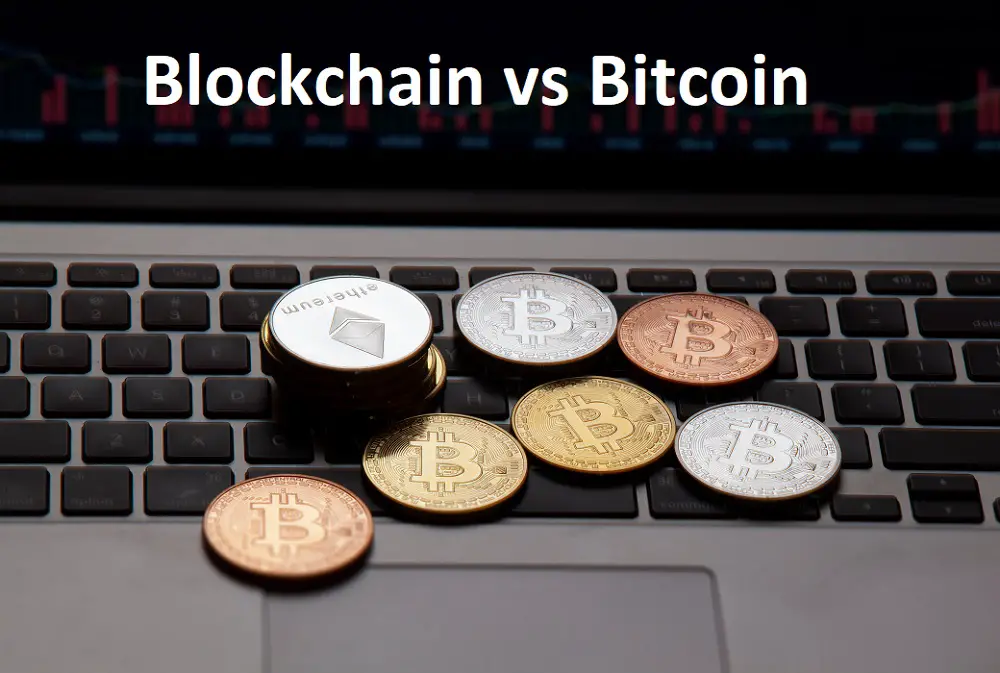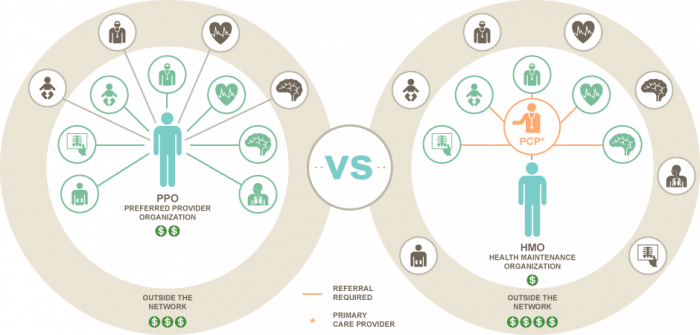Difference Between Tangible Assets and Intangible Assets
Tangible and intangible assets are different types of assets that a company may have, and it’s essential to understand the difference between them to keep track of a company’s resources.
In this article, we’ll discuss tangible vs. intangible assets in detail, and we’ll also go over each of them so you may have a better understanding.
Tangible vs. Intangible Assets: An Overview
Both tangible assets and intangible assets can benefit a company, but they may do so differently.
Tangible assets are the physical resources of a company that can be touched and harmed physically. For example, a company may use computers to keep track of records, and the computers are tangible assets.
On the other hand, intangible assets are the resources that can’t be seen or touched, and they can’t be damaged physically either. Even though intangible assets can’t be seen, they can benefit the company more than tangible assets.
For example, if a company owns a patent, it will be considered an intangible asset, and it will help the company benefit greatly by letting it provide exclusive products.
What Is Tangible Asset?

It is easy to remember the definition of tangible assets. Just remember that the meaning of the word tangible is something that can be felt by touch. Thus, physical resources that can be touched are called tangible assets.
Examples of tangible assets would be land, vehicles, equipment like computers, machinery, furniture, and inventory. Even cash, bonds, and stocks are considered tangible assets.
There are mainly two types of tangible assets. These are current and noncurrent assets.
Fixed/Noncurrent Assets
The assets that a company uses for more than a year are usually considered fixed assets. Fixed assets are recorded as plant, equipment, and property on the balance sheet. A company requires fixed assets to run the business smoothly.
Current Assets
Current assets are non-fixed assets that aren’t used for more than a year. Assets like cash, marketable securities, and products are listed as current assets. These usually aren’t used more than a year, and they can be sold to raise capital in a dire emergency.
What Is Intangible Asset?

As discussed before, intangible assets are non-physical assets that can benefit a company more than tangible assets. In most cases, intangible assets are intellectual assets.
Intangible assets can exist in many forms. Patents are intangible assets, and these benefit a company by providing proprietary rights.
Copyrights resemble a company’s intellectual property and prevent other companies from copying it, which is also an intangible asset.
Main Difference Between Tangible and Intangible Assets

In this section, we’ll discuss the key differences between tangible and intangible assets.
Definition
A company has physical assets such as property, vehicles, machinery, etc. These are called tangible assets.
On the other hand, the non-physical, rather intellectual assets such as patents, copyrights, and goodwill are intangible assets.
Form
Tangible assets have a physical form. They can be touched. However, intangible assets don’t have a physical form. We can see some, for example, logos and software, while others we can’t see, like copyright and patent.
Convertibility
It’s easy to convert tangible assets into cash, but it’s not easy to convert intangible assets.
Salvage Value
When tangible assets break or get damaged, they can be salvaged for a particular value. However, it’s not possible to extract a salvage value out of intangible assets.
Ability to Raise Loans
Banks and other lenders accept tangible assets before granting you a loan, but intangible assets can’t be used to do that.
Recommended for You:
Comparison Chart for Tangible Assets and Intangible Assets
| Parameter of Comparison | Tangible Asset | Intangible Asset |
| Form | Physical | Non-physical |
| Difficulty of Liquidation | Easy to liquidate and to sell | Not very easy to liquidate and sell |
| Cost Evaluation Difficulty | Easy to determine the cost of these | Determining the cost of these can be tough |
| Examples | Vehicle
Plant Land Machinery |
Software
Logo Copyright Goodwill |
Key Takeaways
- Tangible assets are vehicles, property, and machinery, while intangible assets are patents, copyrights, and goodwill.
- It’s easy to convert tangible assets into cash, but it’s not easy to do the same with intangible assets.
- Tangible assets have salvage value, while intangible assets don’t.
- Intangible assets can’t be leveraged for raising loans, but tangible assets can be used.
Conclusion
These are the significant differences between tangible vs. intangible assets. It’s essential to know these differences as they can help you record the resources of a company accurately.







